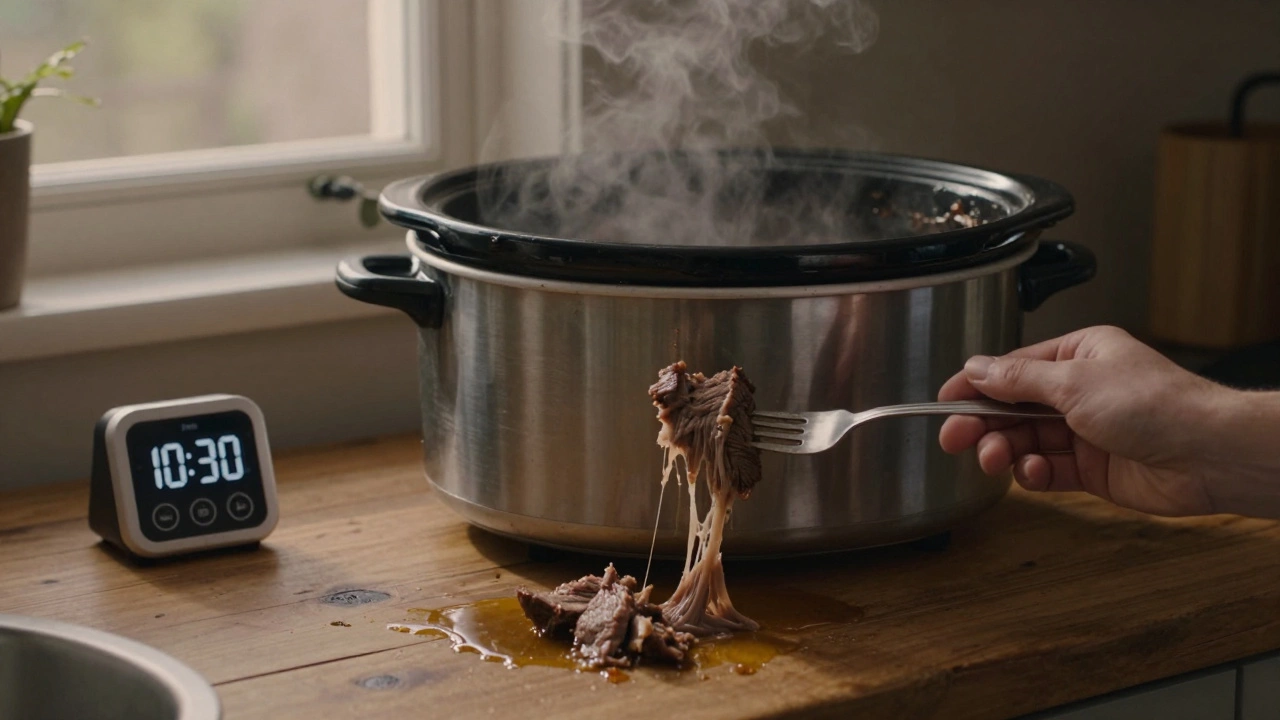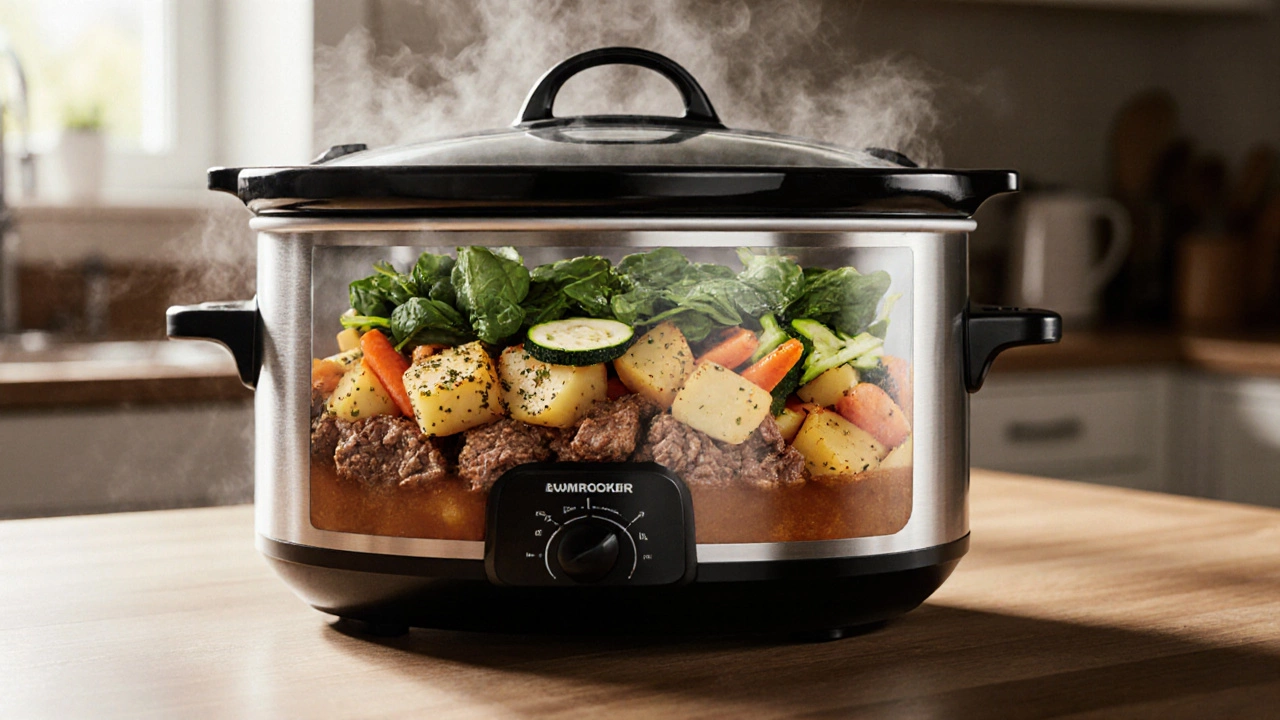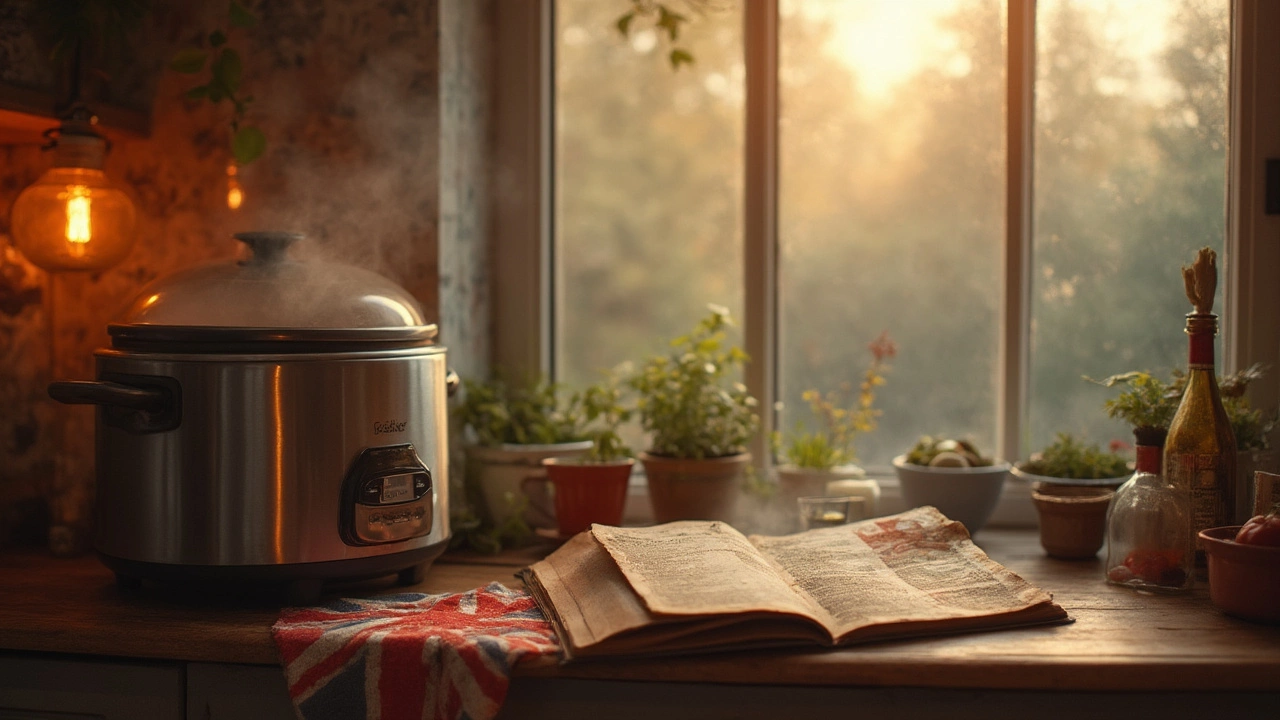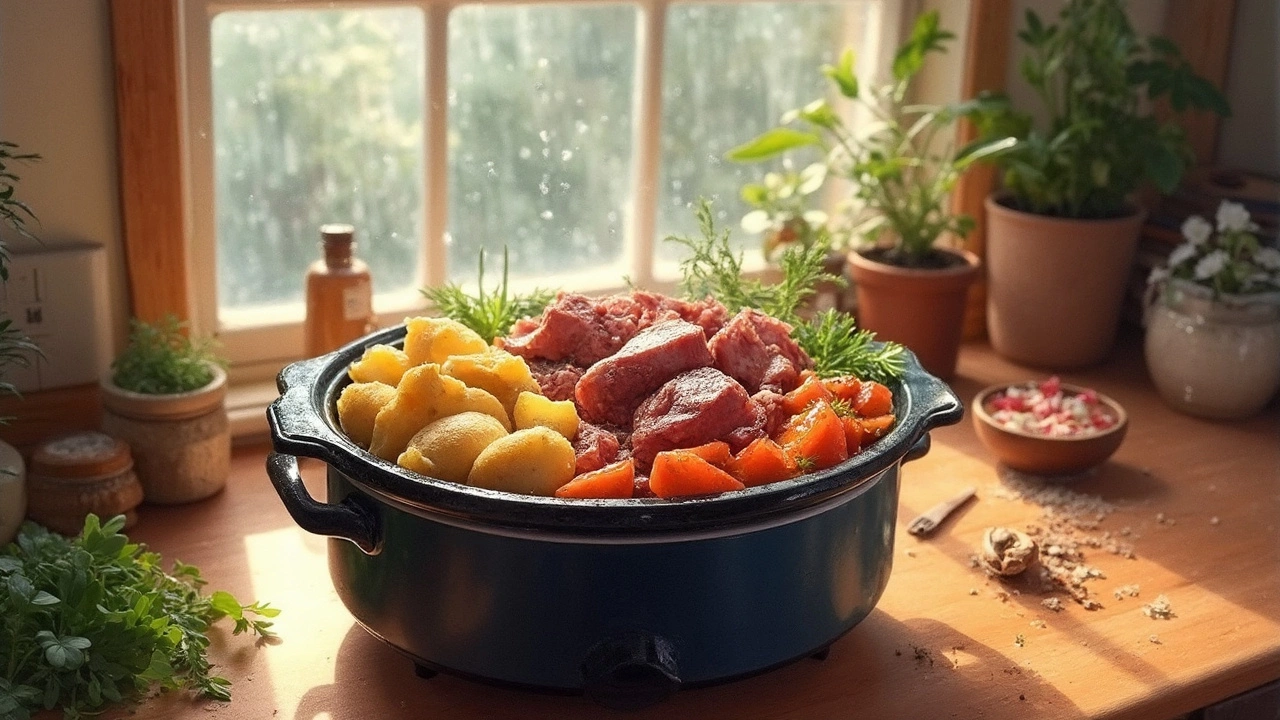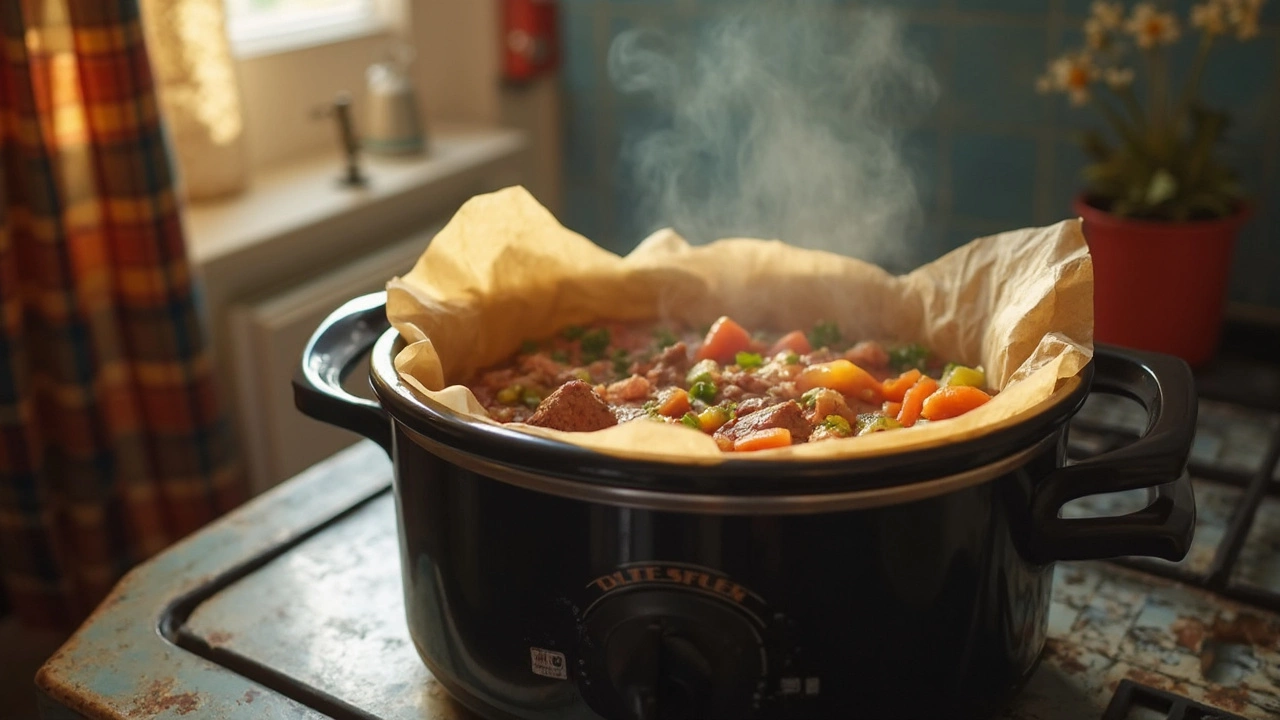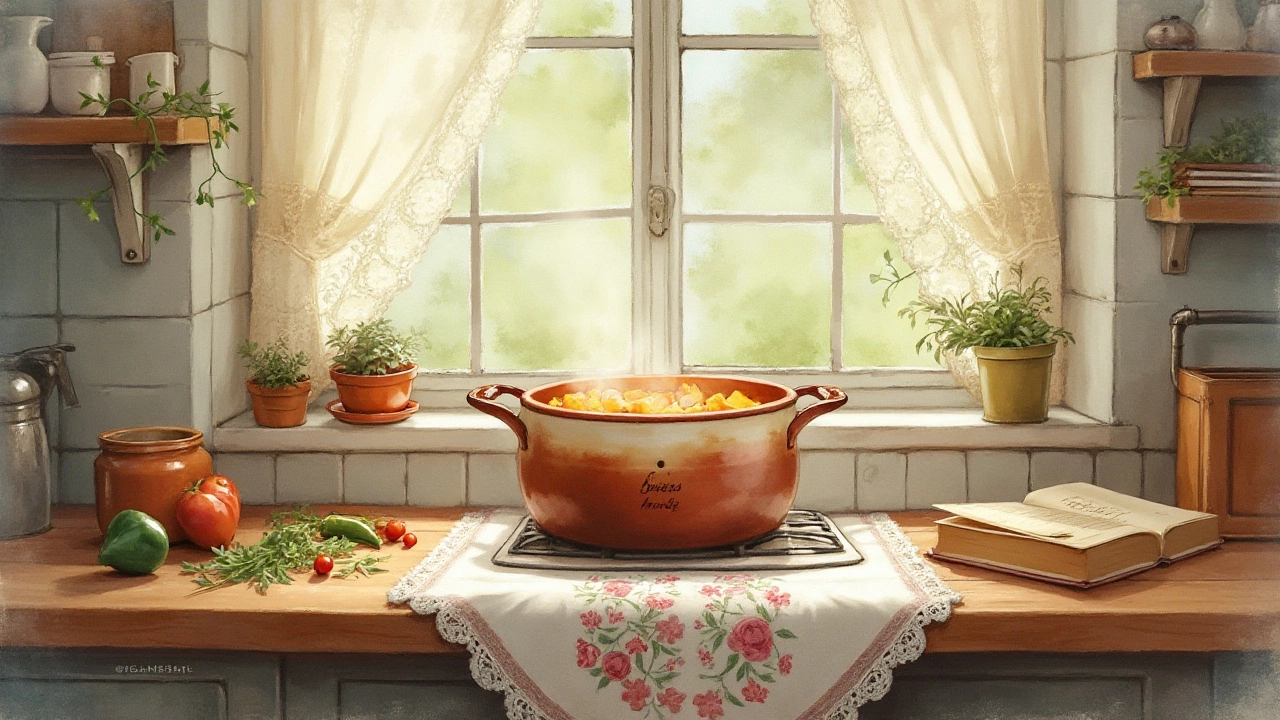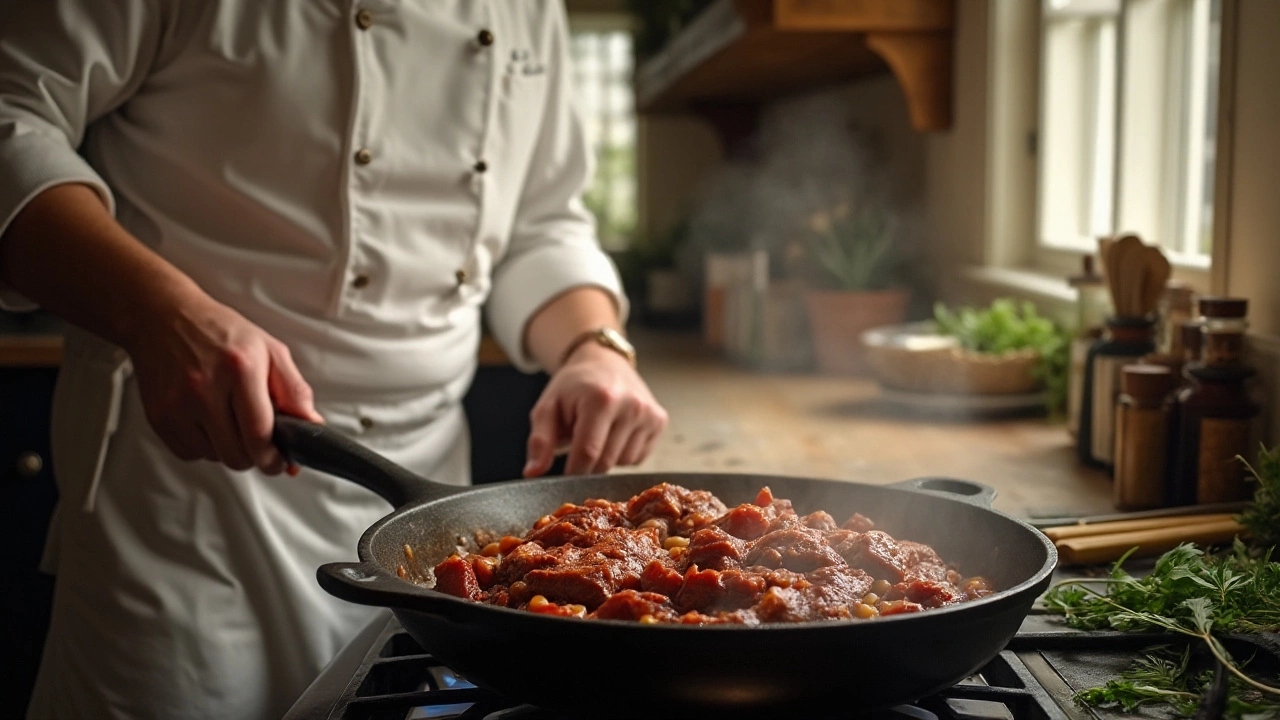Slow Cooker Tips: Simple Tricks for Perfect Results
If you love set‑and‑forget meals but hate rubbery chicken or mushy veggies, you’re in the right spot. Slow cookers are great, but a few common slip‑ups can ruin a dish. Below are straight‑forward tips that keep your food tender, flavorful, and never overdone.
First, remember that low isn’t just a setting – it’s the secret to gentle cooking. Most recipes assume you’ll use the low temperature for 6‑8 hours, not a quick blast on high. Low heat breaks down connective tissue slowly, turning tough cuts into melt‑in‑your‑mouth meat without drying it out.
Overcooking on low is a myth if you follow a few rules. The biggest mistake is leaving the pot on for too long without checking. Meat will stay juicy as long as there’s enough liquid and a steady low temperature. When the timer hits the end, let the cooker sit for 10‑15 minutes; the residual heat finishes the job without turning fibers tough.
Avoid Overcooking: What You Need to Know
1. Use a timer. Even if your cooker has an auto‑off, set a phone alarm so you can assess the dish a bit early. If the meat is tender, shut it down and let it rest.
2. Keep the lid on. Every time you lift the lid, you lose heat and add cooking time. Trust the process and resist the urge to peek.
3. Add enough liquid. A cup of broth, water, or sauce is usually enough. The liquid creates steam, which keeps the environment moist and stops meat from drying.
4. Check internal temperature. For chicken, 165°F (74°C) is safe; for pork and beef, 145°F (63°C) is fine for a tender result. A quick probe tells you if you’re done early.
Choosing the Right Cuts for Tenderness
Not every cut works well in a slow cooker. Tough, well‑marbled pieces thrive because the long, low heat melts collagen into gelatin. Think beef chuck, pork shoulder, lamb shanks, and oxtail. Bone‑in cuts add flavor and keep the meat from drying out.
Lean cuts like chicken breast can become dry if cooked too long. If you want to use them, trim the cooking time or add extra broth. For quick meals, try boneless thighs – they stay juicy and absorb flavors better.
Before you start, sear the meat on a hot pan for a minute per side. This step isn’t mandatory, but it builds a caramelized crust that boosts flavor deep inside the pot.
Season early. Salt, pepper, and any spices you love should go in at the beginning so the meat can absorb them. If you love heat, toss in a chopped chilli or two; the slow cooker will mellow the spice while keeping the kick.
Finally, experiment. A slow cooker is forgiving – add veggies, beans, or grains in the last hour so they don’t turn to mush. With these simple tricks, you’ll get consistent, tasty results every time you fire up the pot.
What Happens If You Leave Meat in the Slow Cooker Too Long?

Dorian Hawthorne
Dec, 1 2025Slow Cooker Food Layering Guide: Tips for Perfect Meals

Dorian Hawthorne
Oct, 25 2025How Long Can You Leave a Slow Cooker on Low? Safe Cook Times & Expert Tips

Dorian Hawthorne
Jul, 20 2025Do Potatoes Go on Top or Bottom of Meat in a Crockpot?

Dorian Hawthorne
Apr, 9 2025Why Put Parchment Paper in a Slow Cooker?

Dorian Hawthorne
Feb, 14 2025Unlocking Slow Cooker Secrets: The Unexpected Role of a Tea Towel

Dorian Hawthorne
Feb, 2 2025Do You Need to Brown Stew Meat Before Using the Crockpot?


